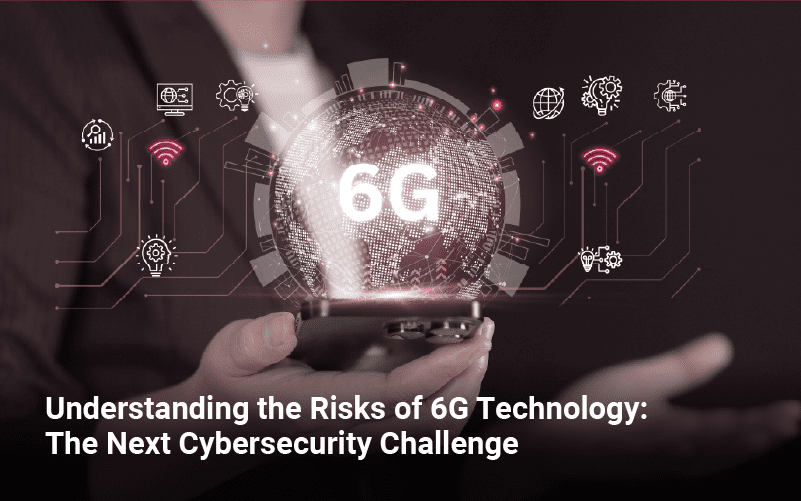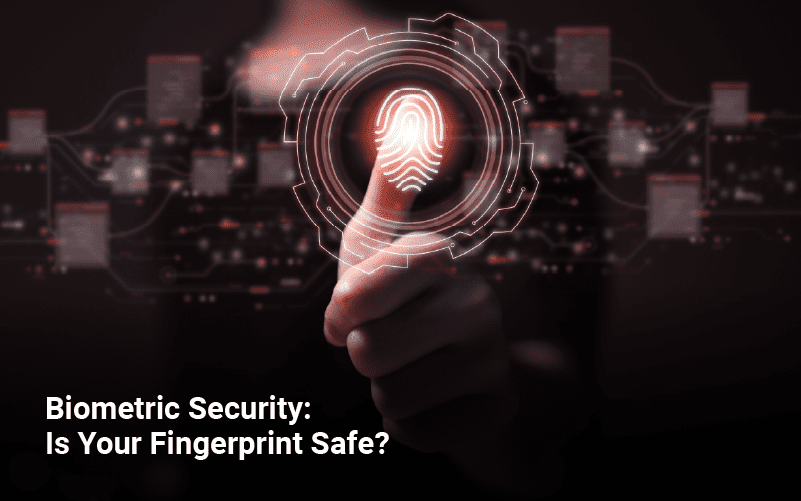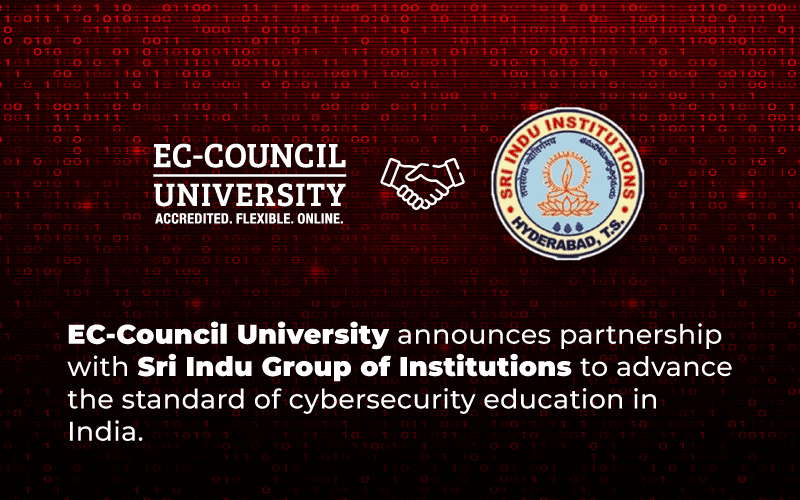As we stand on the brink of a new technological era, the advent of 6G technology promises unprecedented speed, connectivity, and efficiency. While this next-generation wireless communication system is expected to revolutionize industries varying from healthcare to smart cities, it also introduces new cybersecurity challenges. 6G technology risks must be carefully assessed to ensure this innovation does not become a gateway for cyber threats.
The Landscape of 6G Technology
6G is projected to be at least 100 times faster than 5G, with ultra-low latency and extensive AI-driven applications. It will enable real-time data processing, autonomous systems, and advanced quantum communication. However, with such capabilities come significant 6G security threats, including sophisticated cyberattacks, data breaches, and infrastructure vulnerabilities.
According to a report by MarketsandMarkets, the global 6G market is expected to reach $3.96 billion by 2030, indicating rapid adoption and widespread influence across industries (MarketsandMarkets, 2024). Additionally, cybercrime is anticipated to cost the world 15.63 trillion U.S. dollars by 2029, further underscoring the urgency of addressing 6G security risks (Statista, 2024).
Key 6G Cybersecurity Challenges
1. 6G Network Vulnerabilities
One of the biggest concerns with 6G network security is its decentralized nature. Unlike previous generations, 6G will leverage distributed networking and AI-driven automation, which may create network vulnerabilities that are difficult to detect and mitigate. Potential attack vectors include:
- Supply chain attacks: Cybercriminals targeting hardware and software suppliers can compromise the security of 6G infrastructure.
- AI exploitation: Since AI will play a crucial role in network management, adversaries may manipulate algorithms to disrupt operations.
- Quantum hacking threats: With quantum computing advancements, traditional encryption methods may become obsolete, making 6G more vulnerable to cyberattacks.
Considering the role of AI in cyberattacks, the potential risks associated with AI-driven automation in 6G are increasing.
2. 6G Data Privacy Concerns
With the increase in connected devices and the Internet of Everything (IoE) expansion, personal and enterprise data will be more exposed than ever. 6G data privacy concerns include:
- Massive data collection: Organizations and governments will have access to substantial amounts of personal data, advancing ethical and legal concerns about privacy violations.
- Data interception risks: Hackers could exploit weak points in the network to intercept, alter, or steal sensitive information.
- Identity theft and deepfake threats: As AI integration grows, cybercriminals may use deepfake technology to impersonate individuals and manipulate data.
A survey by Statista found that the global average cost per data breach amounted to 4.88 million U.S. dollars, and with 6G handling exponentially more data, these costs could surge (Statista, 2024).
3. Emerging 6G Security Threats
The complexity of 6G introduces novel 6G security threats, including:
- Autonomous attack systems: AI-driven cyberattacks could launch large-scale, automated threats that adapt in real-time.
- IoE exploitation: Connected devices in homes, workplaces, and critical infrastructure will be vulnerable to cyber intrusions.
- Nation-state cyber warfare: Governments may use 6G to conduct espionage or sabotage rival nations’ digital infrastructure.
A World Economic Forum report indicates that 93% of cybersecurity leaders believe that geopolitical instability will lead to a disastrous cyber event in the next two years, making 6G a critical concern (World Economic Forum, 2023). Mitigating 6G Technology Risks
While the cybersecurity landscape of 6G presents numerous challenges, implementing 6G security solutions can help mitigate risks and ensure safer adoption.
1. Enhanced 6G Data Encryption:
Encryption will be a 6G network security cornerstone. Key strategies include:- Post-quantum cryptography (PQC): Developing encryption methods resistant to quantum attacks will be crucial.
- End-to-end encryption: Ensuring that all data transmissions are securely encrypted from the sender to the receiver will reduce interception risks.
- Blockchain integration: Decentralized blockchain authentication can prevent unauthorized data access and manipulation.
2. AI-Driven Threat Detection:
Since AI will be integral to 6G, it should also be leveraged for cybersecurity, including:- Real-time anomaly detection: AI-powered systems can identify and neutralize cyber threats before they escalate.
- Adaptive security frameworks: Machine learning algorithms can adapt to new attack patterns and develop countermeasures.
- Automated threat response: AI can detect and mitigate cyber threats without human intervention, reducing response times.
3. Regulatory Frameworks and Global Collaboration:
Addressing 6G cybersecurity challenges requires a multi-stakeholder approach, including:- Global cybersecurity standards: Governments, tech companies, and regulators must work together to develop universal security standards for 6G.
- Ethical AI policies: Transparent guidelines should be established to regulate AI’s role in network security.
- Cross-border cooperation: International collaborations can help combat cybercrime and share threat intelligence.
As 6G technology ushers in a new era of digital transformation, understanding and addressing its cybersecurity risks is paramount. The 6G cybersecurity challenges surrounding network vulnerabilities, data privacy concerns, and emerging threats demand proactive security measures. By implementing 6G security solutions such as advanced encryption, AI-driven threat detection, and global regulatory frameworks, we can harness the benefits of 6G while minimizing its risks. The future of cybersecurity in the 6G era will depend on a collective effort to build resilient, adaptive, and secure communication networks.
The Role of Cybersecurity Education in Addressing 6G Risks
As 6G technology evolves, the need for skilled cybersecurity professionals becomes increasingly critical. Programs like EC-Council University’s Master of Science in Cybersecurity equip learners with the advanced knowledge to tackle 6G network vulnerabilities, AI-driven cyber threats, and data privacy concerns. Through specialized courses in network security, ethical hacking, and cryptography, students gain the expertise to develop 6G security solutions and safeguard digital infrastructures against emerging cyber risks.
References:
- MarketsandMarkets. (2024, September). 6G Market by Enterprise Application (Holographic Communication, Tactile/Haptic Internet, Fully Automated Driving, Industry 5.0, Internet of Bio-Nano-Things, Deep-sea Sightseeing), Usage Scenario (FeMBB, ERLLC, umMTC, LDHMC, ELPC) – Global Forecast to 2035. Retrieved from https://www.marketsandmarkets.com/Market-Reports/6g-market-213693378.html
- Statista. (2024, July 30). Estimated cost of cybercrime worldwide 2018-2029. Retrieved from https://www.statista.com/forecasts/1280009/cost-cybercrime-worldwide
- Statista. (Sep 11, 2024). Average cost of a data breach worldwide from 2014 to 2024. https://www.statista.com/statistics/987474/global-average-cost-data-breach/
- World Economic Forum. (2023, January 18). Geopolitical Instability Raises Threat of ‘Catastrophic Cyberattack in Next Two Years’. Retrieved from https://www.weforum.org/press/2023/01/geopolitical-instability-raises-threat-of-catastrophic-cyberattack-in-next-two-years/








